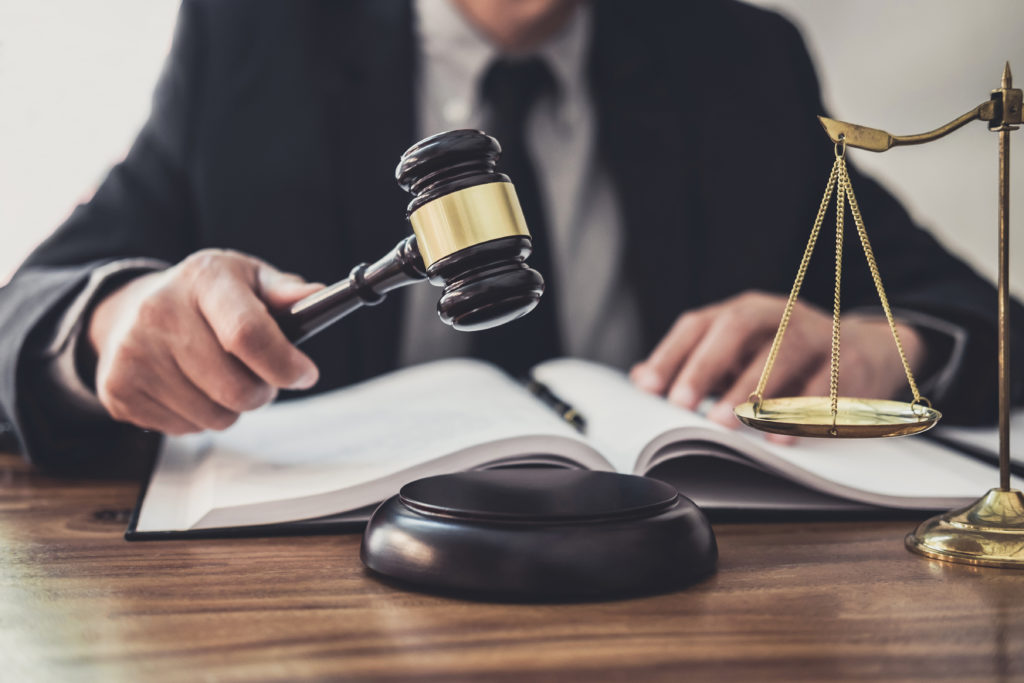
According to a study produced by the National Employment Law Project (NELP), the majority of states are creating barriers for people with criminal records to access occupational licensure opportunities. NELP estimates between 70 and 100 million American (nearly 1 in 3) have a criminal record. Additionally, people with records are on average only half as likely to get a callback after submitting an application compared to those without a record. The structure of current state laws is a major barrier to participation in the labor force.
The study produced by NELP examined existing laws in 40 states, and graded each state based on the effectiveness of their laws at creating licensing opportunities for people with criminal records (see chart attached). The researchers grouped the grades into 5 nominal categories ranging from most effective to unsatisfactory, and developed grades based on these four criteria:
- Does the law prohibit the blanket rejection of applicants with conviction histories?
- Does the law incorporate EEOC Factors which include consideration of whether a conviction is occupation-related and how much time has passed since the conviction?
- Does the law limit the scope of record inquiry or the consideration of certain types of record information?
- Does the law require consideration of rehabilitation?
The study’s primary criticism of the laws was their inconsistent, vague, and unnecessarily restrictive nature. The laws sometimes only applied to certain convictions or jobs, and often gave licensing boards the discretion to decide with little or no guidance.
Some examples of the vagueness:
- New Mexico: “Behavior that gravely violates the accepted moral standards of the community”
- Utah: “A crime that involves actions done knowingly contrary to justice, honestly or good morals”
- Idaho: “An individual can become a certified public accountant only if he/she are of ‘good moral character’, which means lack of a history of dishonest dealings.”
Twenty-five of the forty states examined received “minimal” or “unsatisfactory” rating. The study gave only Minnesota its “most effective” grade. Minnesota’s law prohibits a blanket ban based on conviction, meaning just because someone has a criminal record that does not automatically disqualify them for licensure. Minnesota also prohibits denial based on a conviction unrelated to the position, requires consideration of the time elapsed since conviction, and lists clear standards for considering rehabilitation. Minnesota forbids licensing boards from rejecting licensure based on a conviction when the individual has been released for over a year and shows “sufficient rehabilitation”.
Plenty of research exists that focuses on the difficulties people with criminal records face when attempting to find employment. However, with the percentage of American jobs that require licensure growing, policy needs to shift its focus on examining licensure practices. The Brookings Institute estimates nearly 30 percent of American workers need a license to perform their job. Maybe the problem is not a poor job market, but inability to acquire jobs based on state laws that broadly reject applicants with certain records regardless of their qualifications or evidence of their rehabilitation.
The National Inventory of Collateral Consequences of Conviction (NICCC), administered by the CSG Justice Center, reports that licensing boards impose over 25,000 licensing restrictions nationwide. Over 10,000 of these restrictions apply automatically regardless of a crime’s relationship to a particular license, evidence of rehabilitation, or the time since conviction.
Responsible policymaking should address these barriers embedded into licensing laws, and develop opportunities for people with criminal records. Nearly one third of the population are willing workforce participants, but are being denied entry based on their criminal past, and not their current qualifications.
This workforce product was funded by a grant awarded by the U.S. Department of Labor’s Employment and Training Administration. The product was created by the recipient and does not necessarily reflect the official position of the U.S. Department of Labor. The Department of Labor makes no guarantees, warranties, or assurances of any kind, express or implied, with respect to such information, including any information on linked sites and including, but not limited to, accuracy of the information or its completeness, timeliness, usefulness, adequacy, continued availability, or ownership. This product is copyrighted by The Council of State Governments.